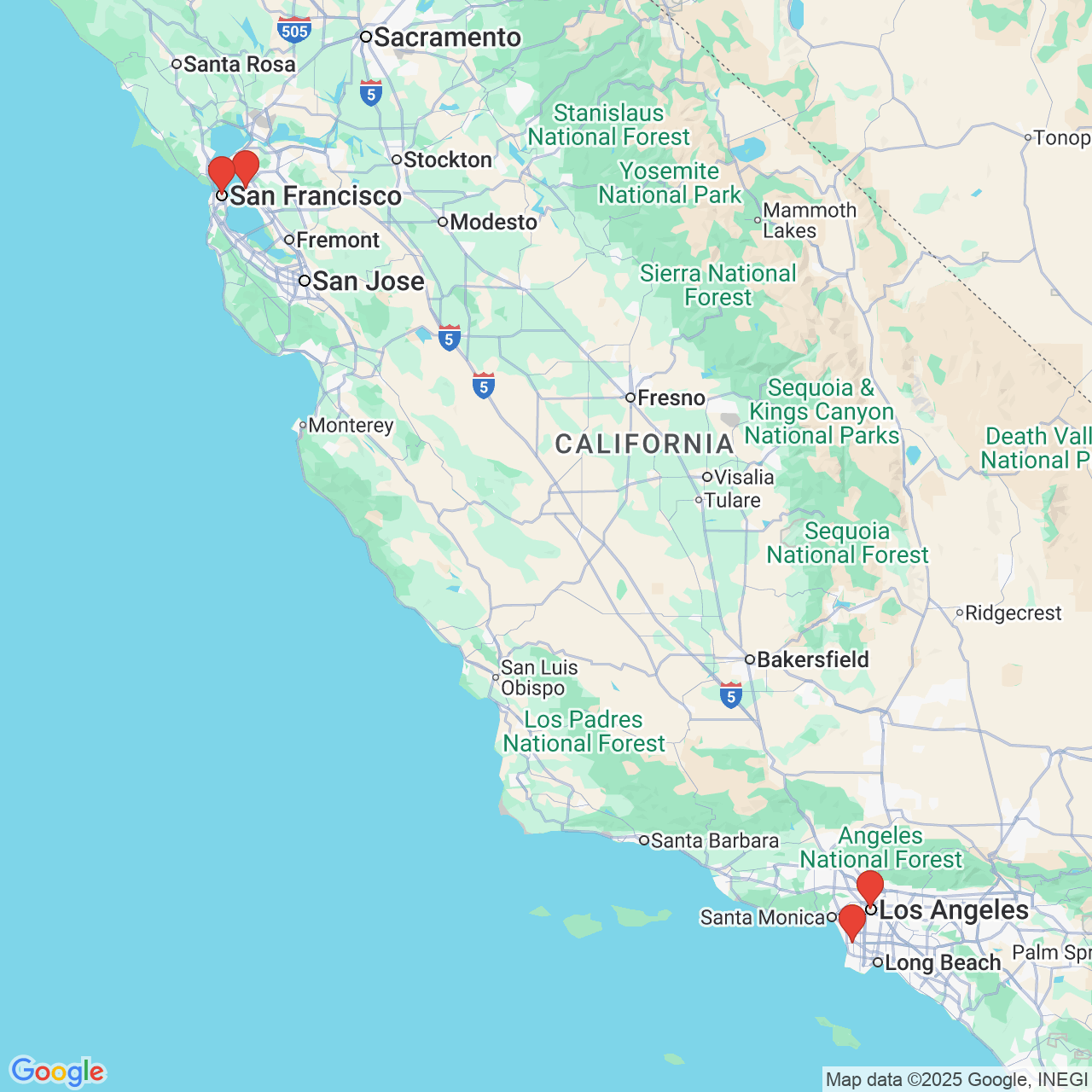Safety Tips for Electric Scooters
Written By Chris Dolan and Monica La
This week’s question comes from Ben from San Francisco, CA, who asks: As I walk around the city, I have to move out of the way of people riding E-scooters on the sidewalk. Why are they allowed on city sidewalks? Do we have regulations that apply to E-scooters like we have for bicycles? For everyone's safety, it would seem reasonable for people riding E-scooters to keep to the bicycle lanes and wear helmets.Hi Ben,
Thank you for your question. Micromobility has been on the rise for some time and continues to maintain its popularity as it provides an alternative way for people to achieve their transportation needs, especially in cities like San Francisco, where operating a motor vehicle may not be the most convenient. Electric scooters (“E-Scooters”) are among the many popular and ecologically friendly options contributing to micromobility. However, as its popularity surges, pedestrian safety becomes a concern due to increased pedestrian accidents involving E-Scooters.
Like bicycles, E-Scooters have their own regulations that riders must adhere to maintain safety and prevent injuries and accidents to themselves and others around them, including pedestrians like yourself. Below are some important California Vehicle Codes (“CVC”) that one must obey when operating an E-Scooter in San Francisco:
Speed limits
- CVC 22411 does not allow the operation of an E-Scooter at a speed in excess of 15 miles per hour on all highways, including bikeways, regardless of a higher speed limit applicable to the highway.
- CVC 21235(b) does not allow the operation of an E-Scooter on a highway with a speed limit in excess of 25 miles per hour unless the E-Scooter is operated within a Class II or Class IV bikeway, except that a local authority may, by ordinance or resolution, authorize the operation outside of a Class II or Class IV bikeway on a highway with a speed limit of up to 35 miles per hour.
Minors must wear helmets
- CVC 21235(c) prohibits the operation of an E-scooter without wearing a properly fitted and fastened helmet. Recent California legislation only requires those under 18 to comply with this subsection of the vehicle code. However, this does not endorse the operation of a motorized scooter without wearing a helmet, as using a properly fitted helmet can reduce the chances of head injuries in an accident.
License or Permit to Operate
- CVC 21235(d) requires a valid driver’s license or instruction permit to operate an E-Scooter.
No Tandem riding
- CVC 21235(e) prohibits the operation of an E-Scooter with any passengers in addition to the operator. This means that double riding is not allowed, either with another person in the back or in front of the operator while operating the E-Scooter.
Stay off the sidewalks
- CVC 21235(g) prohibits the operation of an E-Scooter on a sidewalk. However, exceptions apply when the operator must enter or leave adjacent property.
Utilization of bike lanes
- CVC 21229 provides the rules of the road, which require E-Scooters to be operated in a class II bicycle lane when it has been established on a roadway and available.
- Class II Bicycle Lanes are located on the right edge of a street and have a solid white line on each side. It usually has a bicycle symbol inside the white borders and accommodates one-way riding.
- When overtaking and passing another vehicle or pedestrian within the lane or when about to enter the lane if the overtaking and passing cannot be done safely within the lane.
- When completing a left-hand turn
- When reasonably necessary to avoid debris or other hazardous conditions.
- When approaching a place where a right turn is authorized.
- Sidewalk riding is illegal.
- Powered Scooters may not exceed 15 mph.
- Tandem Riding is illegal.
If you are an individual who sustained injuries due to an E-Scooter accident, you may be able to claim damages by seeking legal help from Dolan Law Firm. For more information, you can click here.





